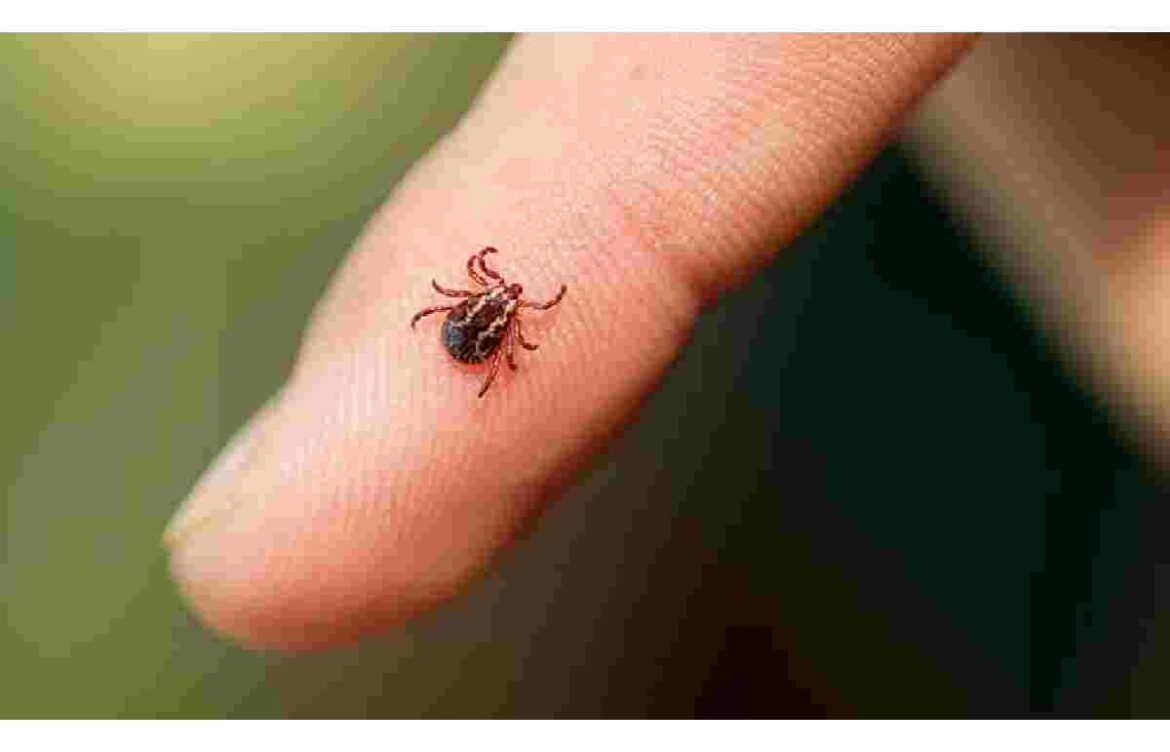
Babesiosis
Babesiosis is an illness you get from the bite of a crack infected with the sponger Babesia. It causes flu-like signs and can lead to severe disease. You are at advanced threat of life-changing complaint if you have a weakened, vulnerable system or do not have a performing spleen. Combinations of antiparasitics and antibiotics treat babesiosis.
Symptoms and Signs of Babesiosis
Asymptomatic Babesia infection may persist for months and remain subclinical in other healthy people, especially those more than 40 years.
When characteristic, babesiosis generally starts after a 1- to 2-week incubation period with nonspecific symptoms, including malaise, fatigue, chills, fever, headache, myalgia, and arthralgia. In healthy people, symptoms generally resolve after a week. In others, hepatosplenomegaly may do with hostility, mild to relatively severe hemolytic anemia, mild neutropenia, and thrombocytopenia. Noncardiac pulmonary edema can develop in severe complaints.
Babesiosis is occasionally fatal, particularly in aged cases, asplenic cases, and cases with AIDS. In similar cases, babesiosis may act falciparum malaria, with high fever, hemolytic anemia, hemoglobinuria, hostility, and renal failure. Splenectomy may beget preliminarily acquired asymptomatic parasitemia to become characteristic.
What’s the threat factor for babesiosis?
While anyone can get babesiosis, you are at advanced threat of getting oppressively ill if you
- Have a compromised, vulnerable system. HIV/ AIDS, cancer, vulnerable system diseases, and certain specifics can weaken your vulnerable system.
- Do not have a spleen, or your spleen does not work correctly.
- To the people older than 60 years.
What are the complications of babesiosis?
Babesiosis can beget life-hanging complications, especially if you have a weakened, vulnerable system. They include
- Hemolytic anemia spongers can destroy so many blood cells that your body can not produce enough new bones to replace them. It can lead to heart conditions and heart failure.
- Enlarged spleen( Splenomegaly) or liver( hepatomegaly) Splenomegaly can lead to a ruptured spleen.
- Fluid buildup in your lungs and pulmonary edema can make breathing hard and lead to heart or respiratory failure.
- Circulated intravascular coagulation DIC is a problem with how your blood forms clots. It can lead to willful bleeding( hemorrhage).
- Other organ damage and failure This includes acute order injury( renal failure) and liver failure.
Treatment and Prevention
You probably will not need treatment if you do not have any symptoms. However, if you do, your croaker may define a medicine called atovaquone that kills microorganisms and the antibiotic azithromycin. Another combination they may endorse is quinine with the antibiotic clindamycin.
The ticks that beget babesiosis typically stay on your body for 36 to 48 hours to beget an infection. Then are some ways to help one
- Stay down from grown meadows and splint piles, where ticks are likely.
- Wear long pants, put them away into your socks, and a long-sleeved shirt when you are near where ticks thrive.
- Wear light-colored clothes so you can fluently spot ticks.
- Use bug repellant that has DEET in it on your skin and apparel.
- Before going outdoors, check your apparel..
- Once outside, check your entire body for ticks using a full-length or hand-held glass.
- Remove any ticks with pointed tweezers.
Conclusion
Babesiosis is a crack-borne malaria-like illness caused by species of the intraerythrocytic protozoan Babesia. Humans are incidental hosts for Babesia when stunk by a nymph or grown-up ticks. Babesia infection can seen in the northern, midwestern, and northeastern United States. It is also set up worldwide, particularly in the corridors of Europe, Asia, Africa, and South America.
